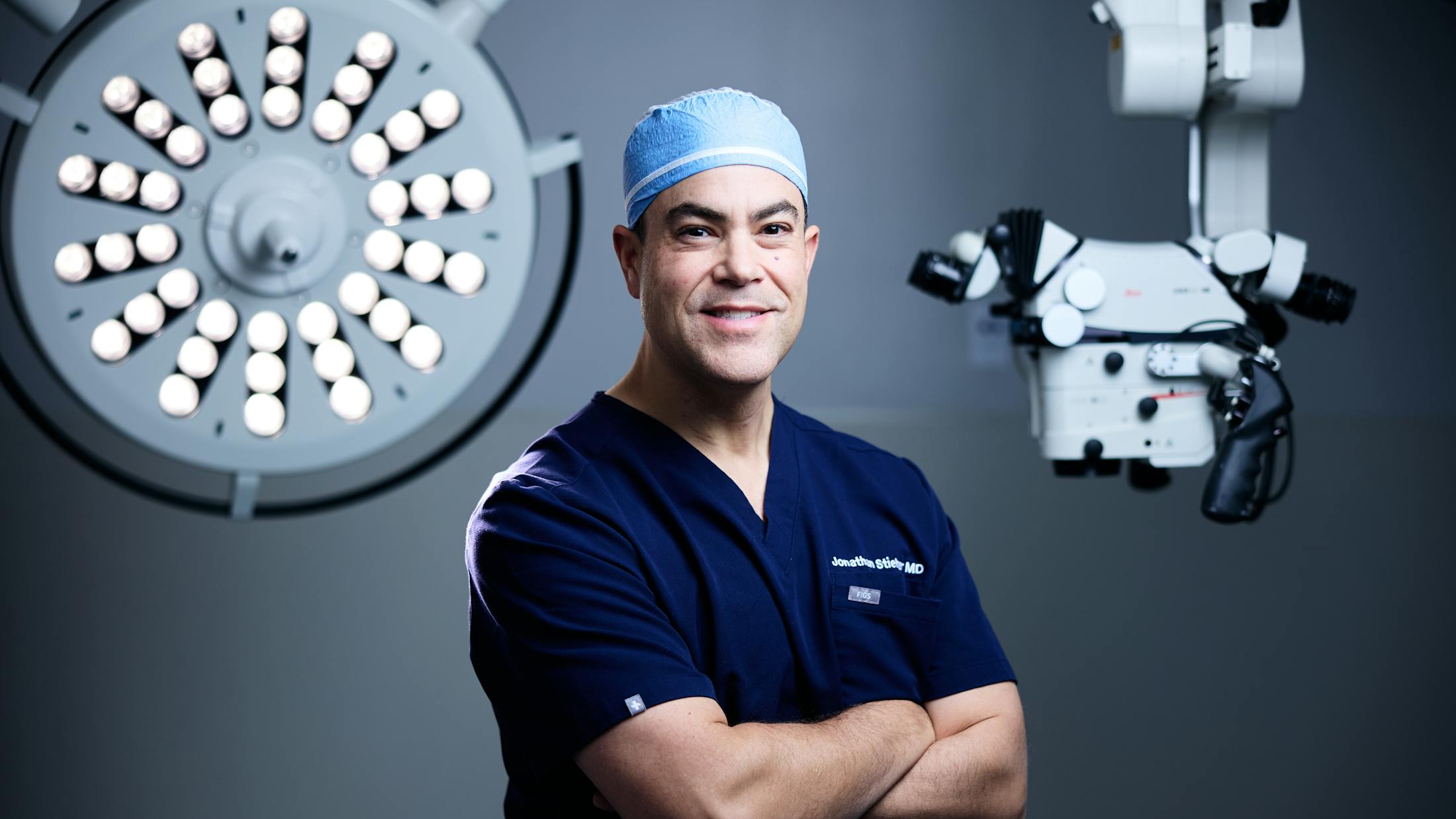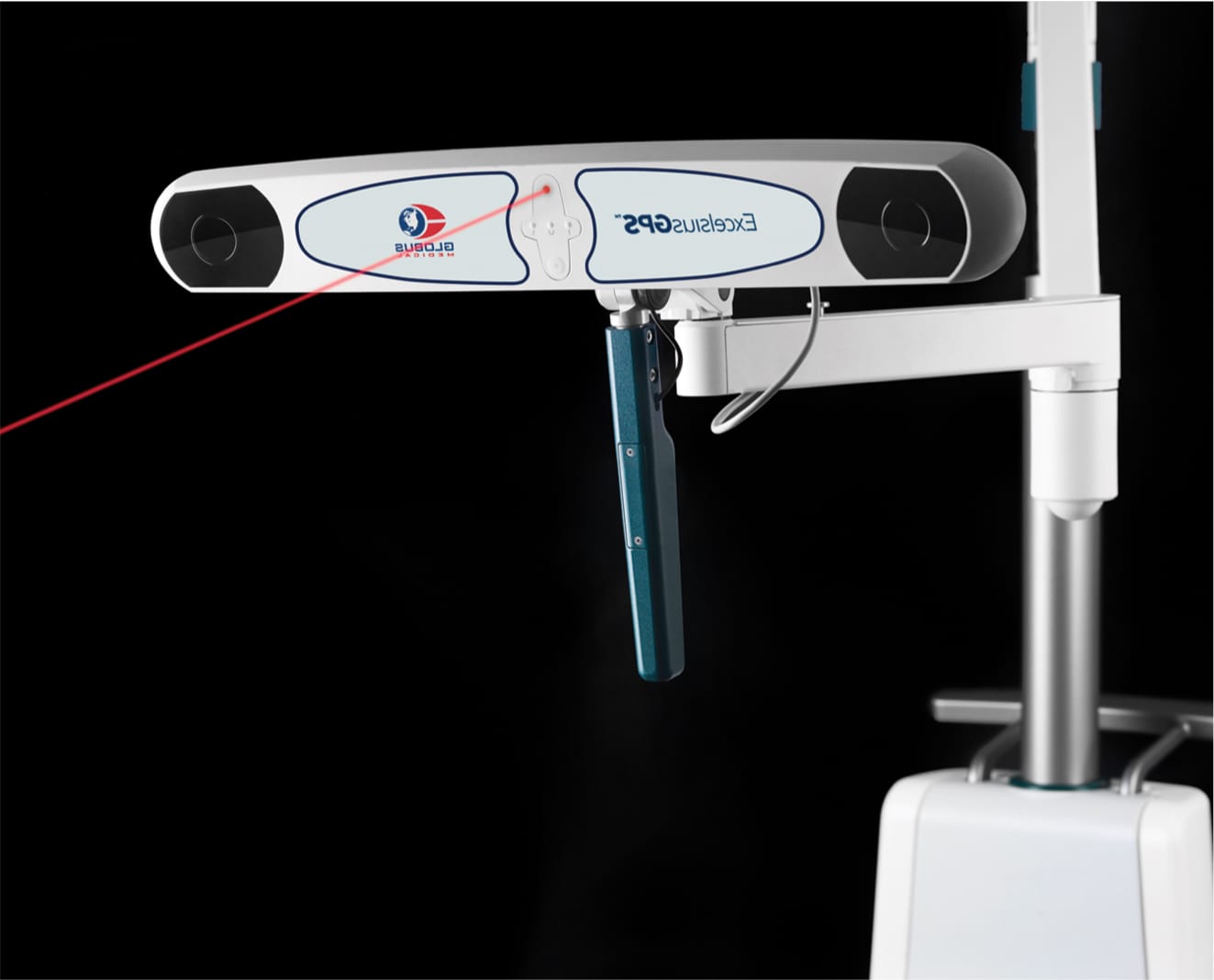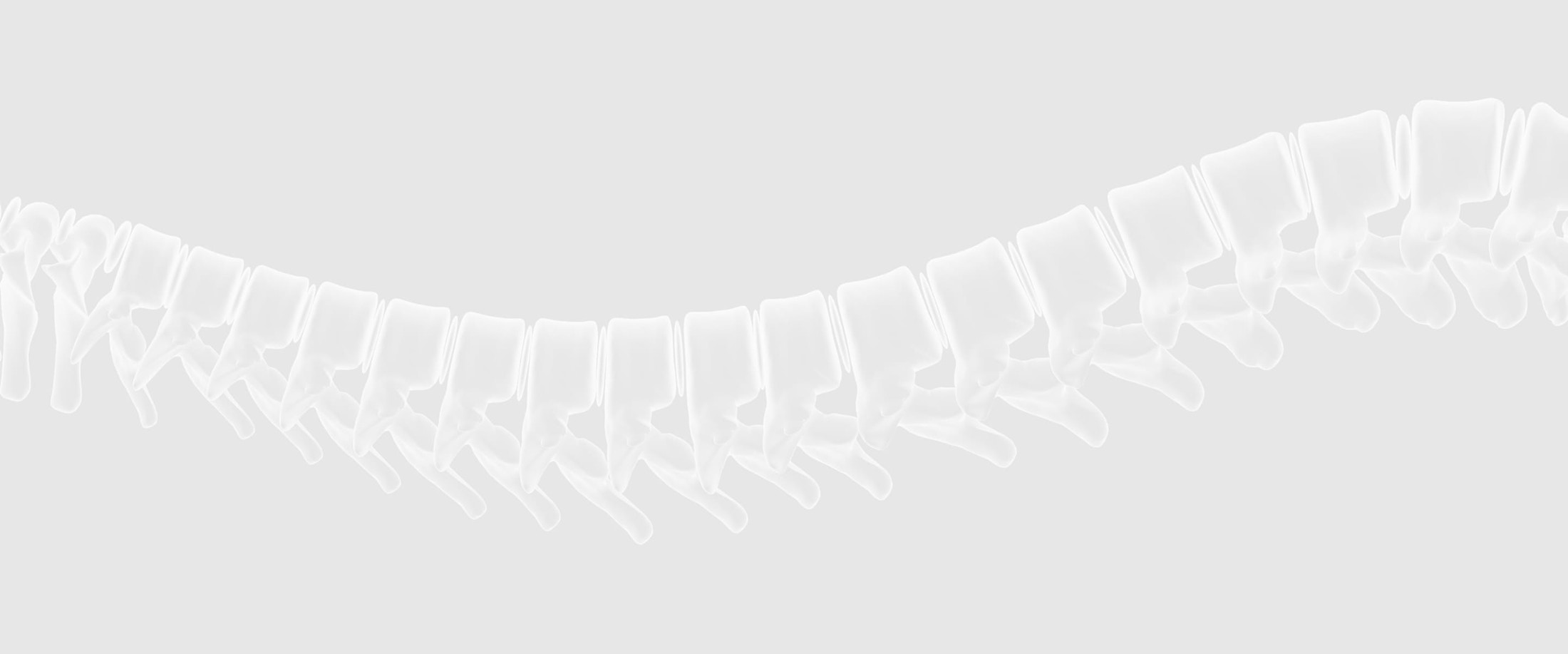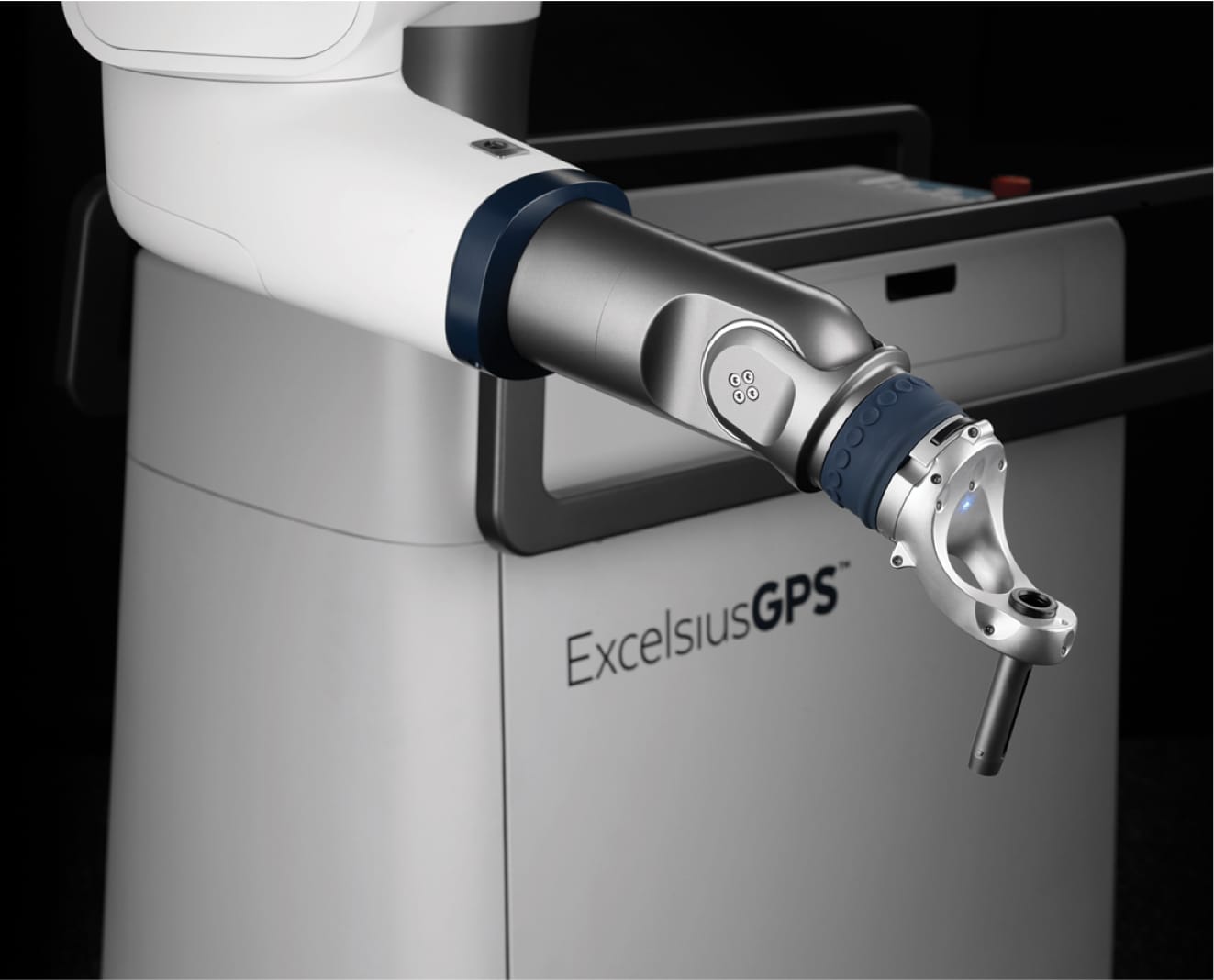Reclaim comfort and mobility with innovative, state-of-the-art robotic procedures tailored to your unique spinal needs.
What to Expect
Before your operation, Dr. Stieber utilizes advanced imaging scans to plan the surgical route meticulously, determining where implants (such as screws) will be placed. Once the plan is set, the robotic arm assists him by orienting instruments along the predetermined pathway. Throughout the process, every movement is displayed on a high-resolution screen, ensuring that the surgery proceeds seamlessly and safely. Common conditions suitable for robotic spinal surgery include herniated discs, spinal stenosis, spondylosis, scoliosis, and more.








